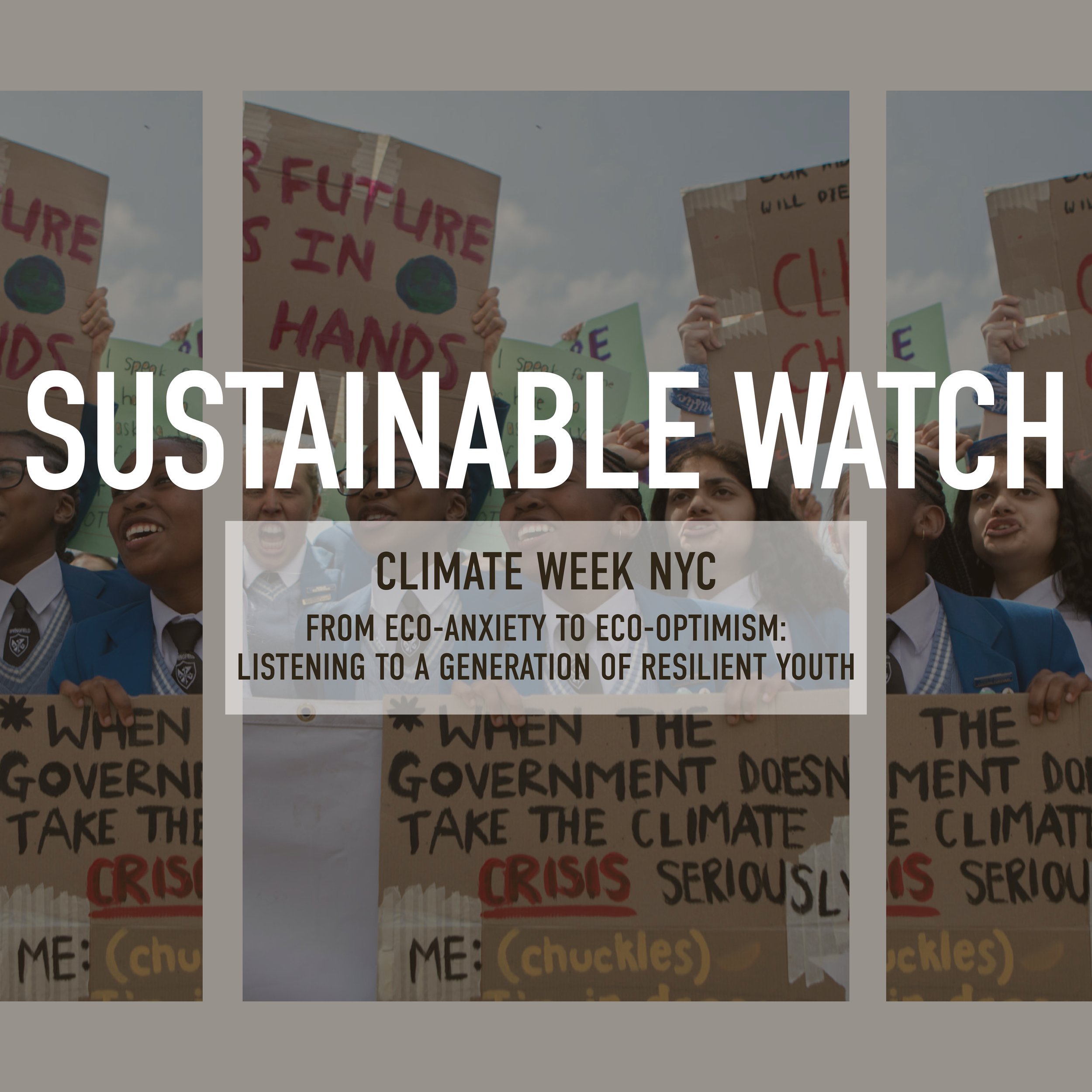Fashion’s Move to Low Carbon Alternatives Draws Both Praise & Criticism
Fashion conglomerates are making steady steps towards a goal of achieving net-zero emissions by 2050. Named the Fashion Industry Charter for Climate Action, the commitment was a reaction to the historic Paris Agreement by the garment and textile industries, a producer of approximately 8% of global carbon emissions. The 100 signatories include fast fashion companies such as the H&M Group and Mango to high fashion brands and companies such as LVMH and Kering and popular retailers such as Puma, Nike and lululemon athletica.
Infographic Courtesy of Quantis
Coal burning, the major source of energy used during the fabric manufacturing process that produces greenhouse gases and carcinogens in the atmosphere, was referenced in the charter with the goal of eliminating it from supply chains. Specifically, the charter stated, “Phasing out coal from owned and supplier sites (Tier 1 and Tier 2 for brands and immediate sub-suppliers for producers) as soon as possible and latest by 2030, including no new coal power by January 2023 at the latest, and creating engagement and incentive mechanisms for all relevant suppliers to support phase-out.”
Modern supply chains located in countries such as China and Indonesia heavily rely on coal burning for the fabric dying and treating process due to the cheap cost. According to Apparel Institute President Lewis Perkins, these manufacturers, classified as “Tier 2”, are responsible for 40% of the carbon emissions produced by the fashion industry.
The many alternatives to coal-burning are being evaluated and contested by manufacturers and workers alike. Sourcing biomass can range from wood pellets to agricultural waste. Wood pellets in particular have caused an uproar in Indonesia. In September, 16 environmental advocacy groups wrote a letter highlighting the impact of wood pellet sourcing to deforestation and stated that it could “risk the loss of over 2 million hectares of natural forest…”
Photo Courtesy of Textile Value Chain
The letter called out H&M for promoting thermal energy from biomass to the 60 Indonesian factories from which it sources. Other companies such as Puma and Adidas were also named for citing biomass as a low carbon alternative despite its own high carbon emissions. In a comment to the Business of Fashion, Puma stated that it “only accepts renewable biomass from sources like agricultural waste and it monitors suppliers using the fuel to ensure they meet local air quality standards.”
The letter also urged brands and suppliers to invest in electricity, solar, and wind power. The statement read, “We enthusiastically support your commitment to phase out coal, but we also urge you to reconsider any supply chain decarbonization strategies that rely on biomass and instead, invest in clean renewable energy sources such as solar and wind. There is already a plan for growing renewable energy capacity in the national grid, so if fashion brands invest in electrification, they can effectively decarbonize their supply chains.”
But companies such as denim manufacturer Artistic Millers and apparel manufacturer Shahi Exports are looking at biomass energy as an imperfect yet sufficient option for now. Cost and insufficient infrastructure are cited as the main hindrances to proper elimination of coal in the supply chain. Factories often don’t have the proper technology to support renewable biomass sources and other renewable energy is difficult to obtain and maintain. According to Gauri Sharma of Shahi Exports, the manufacturer that sells to companies such as Gap Inc and Abercrombie & Fitch, electricity is the final resort and it automatically requires a huge investment.
Photo Courtesy of Fashion Takes Action
Some companies are financially investing in a clean out of the supply chain. In November 2022, the H&M Group announced its funding initiatives to help suppliers transition to clean energy with an annual budget of approximately $200 million. Also, in a partnership with brands such as Lululemon and other industry stakeholders, the Apparel Impact Institute created the Fashion Climate Fund, which would help further the goal of cutting carbon emissions.
Complete transparency, though, still remains an issue. The 2023 Fashion Transparency Index found that only 6% of brands disclose the percentage of production powered by coal and only 9% report supply chain renewable energy. Accusations of greenwashing can only be countered by honesty, which brands are hesitant to do and not required to do so. To effectively move towards the goalpost of net zero carbon emissions by 2030, the industry needs to have significant oversight and appropriate consequences on companies that fail to commit to their goals.
Article by Sneha KC, Contributor, PhotoBook Magazine
Tearsheets by Alexa Dyer, Graphic Designer, PhotoBook Magazine






